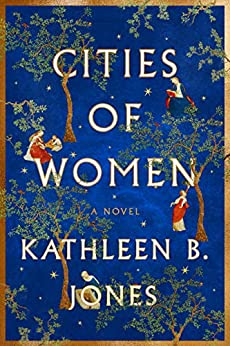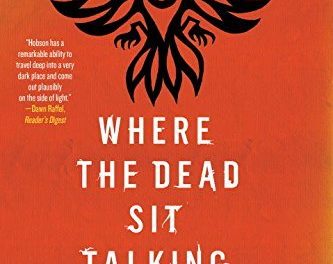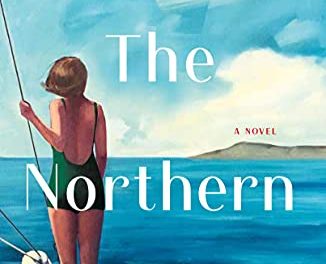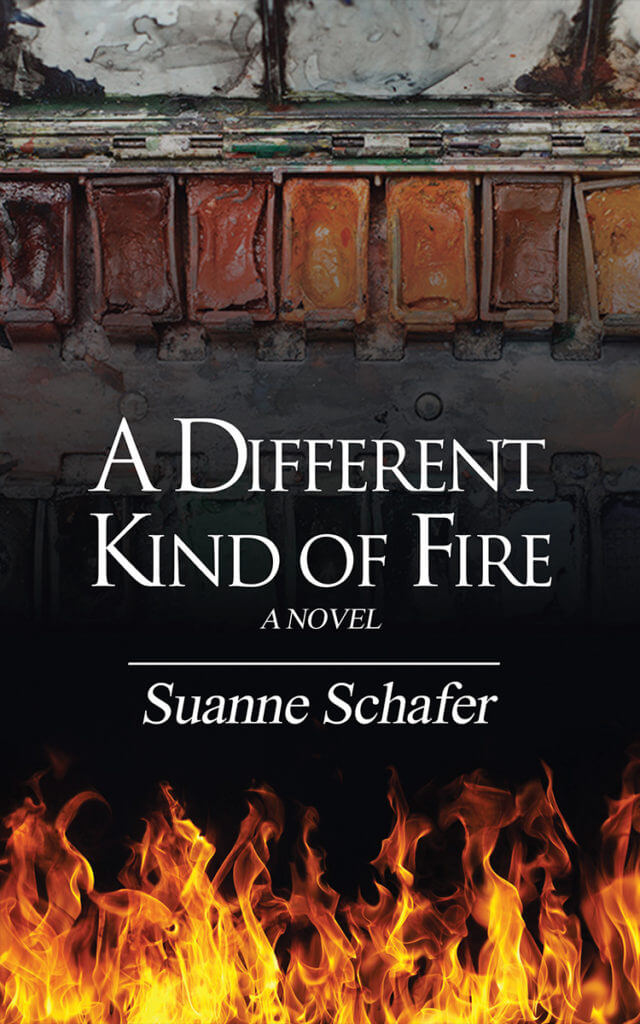Cities of Women is a multiple point of view novel that shifts between Verity Frazier, a modern academic, Bèatrice, a medieval French artist, and Christine de Pizan, the French-Italian writer for the court of Charles VI, during the late fourteenth and early fifteenth centuries. The title is a reference to Christine’s books, The Book of the City of Ladies and The Treasure of the City of Ladies. Recurrent themes include feminism and achieving one’s personal goals in life and in one’s profession as well as attempts to change the patriarchal world through women’s written word and paintings.
The novel captures the medieval period quite well with its staggering differences between the wealthy and the poor, though the Black Death is a great equalizer. So many women are made to feel inferior even when they are experts in their respective fields, and Verity’s plight, feeling she’s an imposter as an academic and unable to complete her book on the women of the French Revolution, epitomizes this. The writing is poetic at times, and the material clearly well-researched. I enjoyed the minutia of details about mixing pigments, making parchment, and how early books were manufactured.
Mixed in with the historical aspects is a modern sapphic romance. I didn’t find the love interest, Anatasia, to be very sympathetic and couldn’t understand Verity’s interest in her. Overall, Cities of Women is a deft look at women who defy the expectations of their times yet remain overlooked by the patriarchy and attempts to place them at greater parity and make them less invisible.
********************
Cities of Women (Keylight Books, September 5, 2023) is available through:
********************
This post may contain Amazon Affiliate links. As an Amazon Associate, I may earn a small amount from qualifying purchases at no cost to you.













